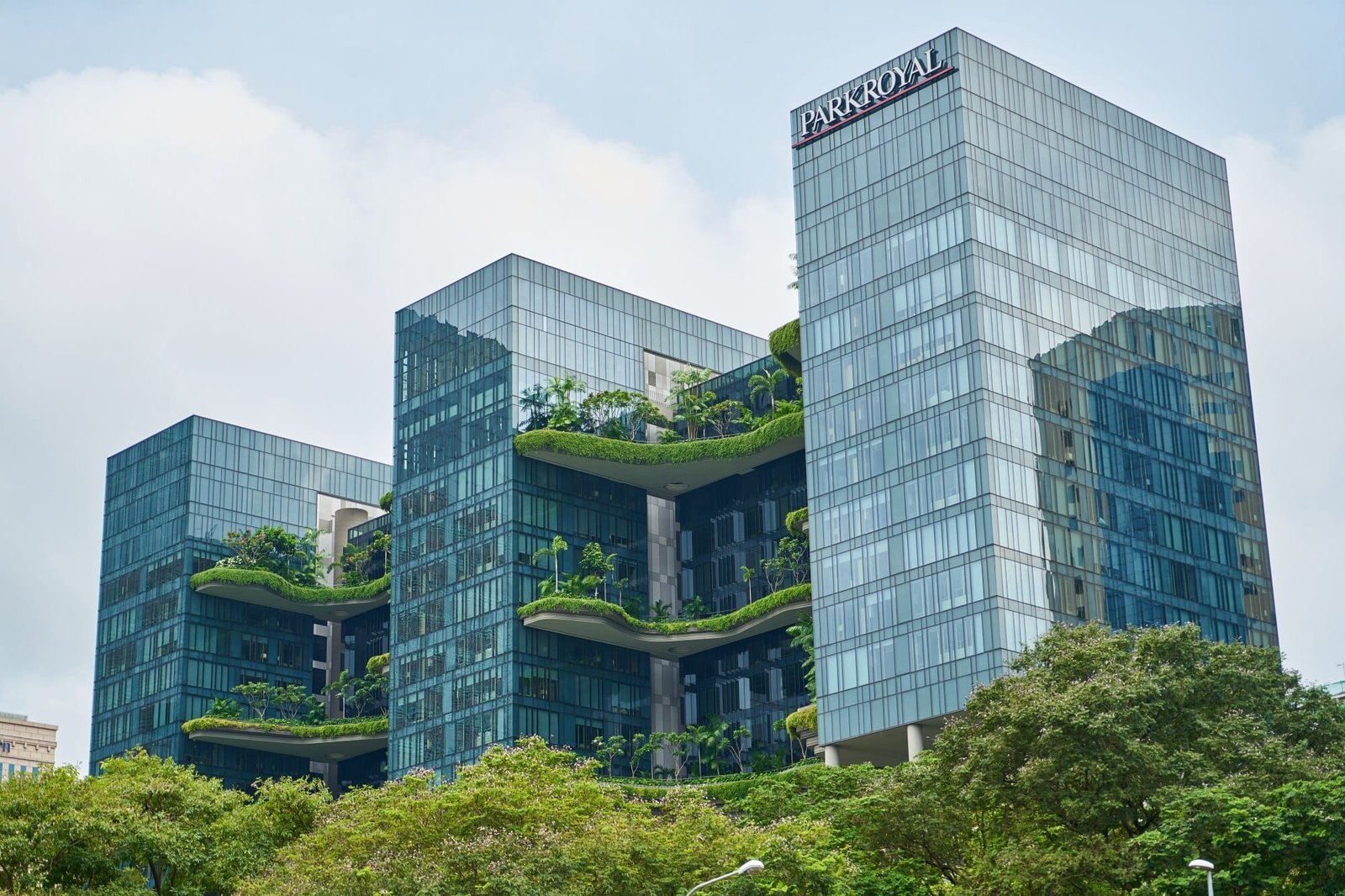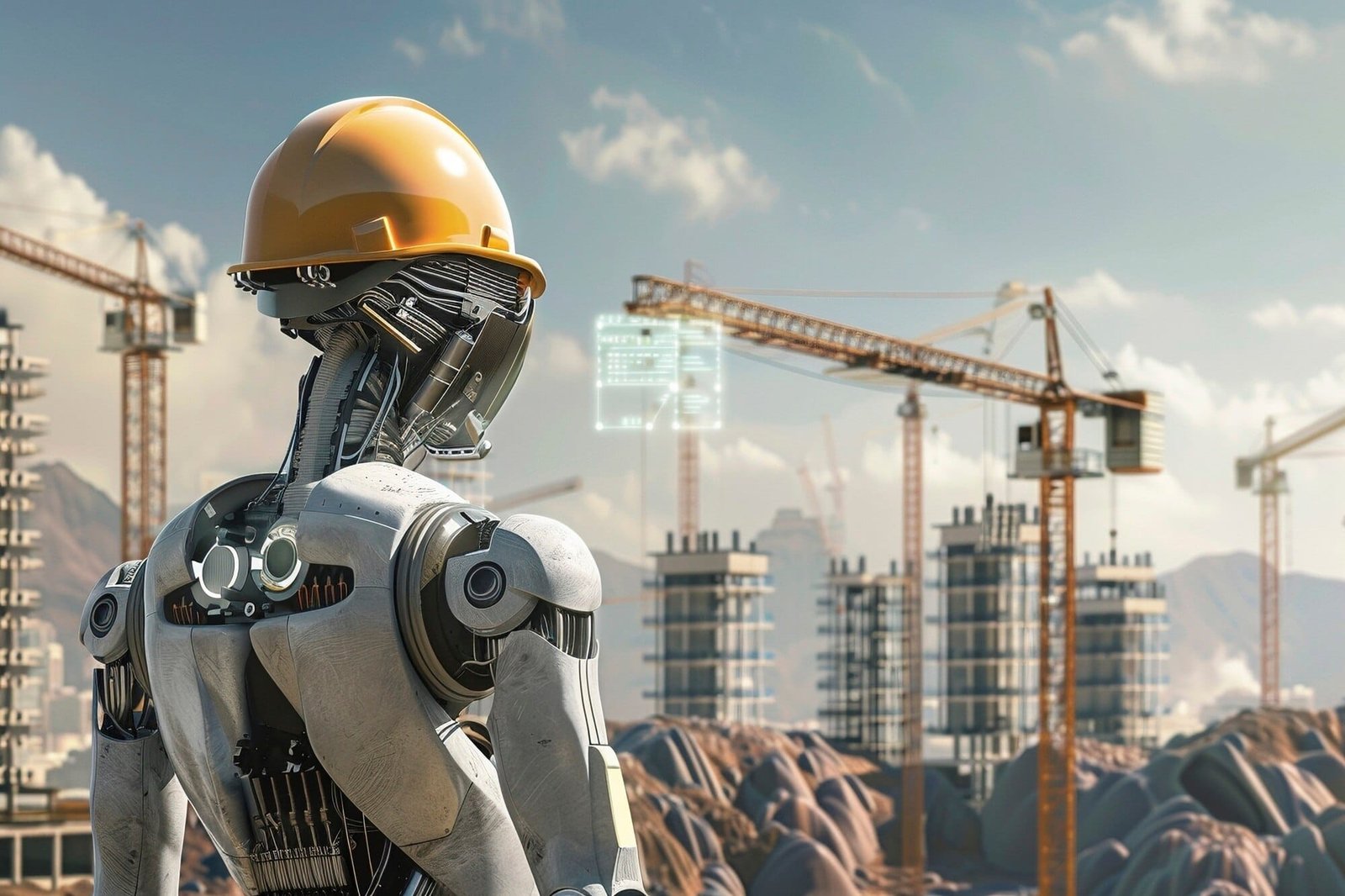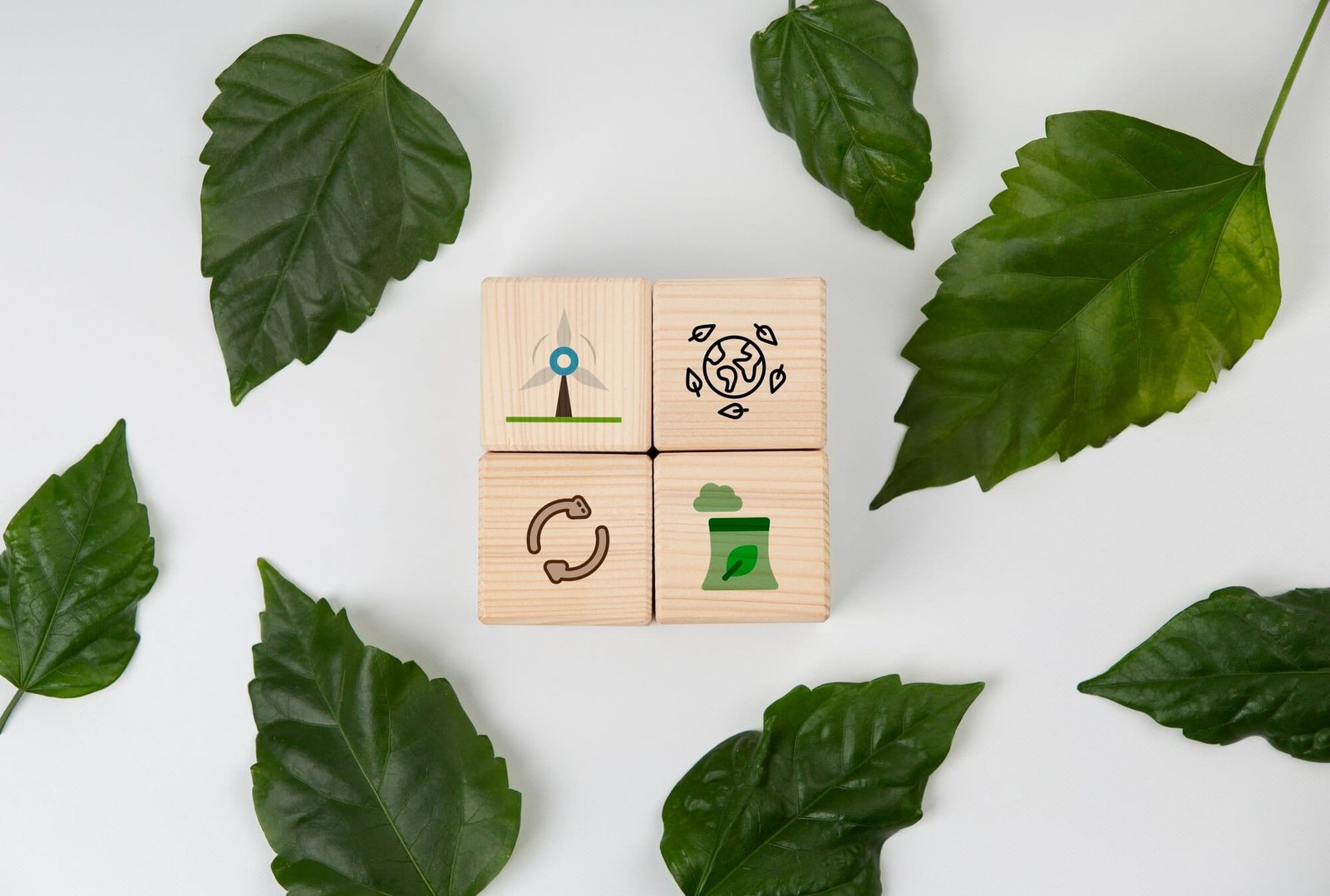Glass has transformed the way we design and build modern structures. Once considered a fragile material, advancements in technology, durability, and energy efficiency have made glass an integral part of modern architecture and construction. From towering skyscrapers and expansive facades to energy-efficient windows and innovative interior designs, glass plays a crucial role in both functionality and aesthetics.
At VMC Group, we incorporate the latest glass technologies to create durable, energy-efficient, and visually stunning buildings. This article explores the role of glass in modern construction, its benefits, types, and how it continues to revolutionize architectural design.
Why Glass is Essential in Modern Construction
Glass is no longer just a material for windows—it is a structural, aesthetic, and functional element that contributes to building performance and sustainability. Its growing use in modern architecture is driven by:
- Energy Efficiency: Advanced glazing technology helps regulate indoor temperatures and reduce energy consumption.
- Natural Light Optimization: Maximizing daylight improves well-being, reduces artificial lighting costs, and enhances interior aesthetics.
- Aesthetic Appeal: Sleek and modern, glass enables bold, futuristic designs.
- Structural Strength: With tempered, laminated, and reinforced options, glass now offers superior durability.
- Versatility: Glass can be used in walls, facades, partitions, staircases, and flooring.
Types of Glass Used in Modern Architecture
Different types of glass are used in construction, each with specific properties that enhance durability, energy efficiency, and safety.
1. Tempered Glass
What It Is: Tempered glass is heat-treated to enhance its strength and breakage resistance. When broken, it shatters into small, harmless pieces rather than sharp shards.
Applications:
- Windows and doors
- Shower enclosures
- Glass railings and partitions
2. Laminated Glass
What It Is: Laminated glass consists of two or more glass layers bonded together with an interlayer, usually made of polyvinyl butyral (PVB), which holds the glass together upon impact.
Applications:
- Safety and security glass for high-rise buildings
- Skylights and overhead glazing
- Automobile windshields
3. Low-E (Low-Emissivity) Glass
What It Is: Low-E glass has a thin coating that reflects heat while allowing natural light to pass through, improving thermal performance.
Applications:
- Energy-efficient windows
- Glass facades
- Green buildings
4. Smart Glass (Electrochromic and Thermochromic)
What It Is: Smart glass dynamically adjusts its transparency based on external conditions or user control, reducing glare and heat gain.
Applications:
- Conference rooms and office partitions
- Luxury homes and hotels
- Sunroofs and high-tech commercial buildings
5. Solar Control Glass
What It Is: Designed to block excessive heat while allowing light to enter, solar control glass improves building efficiency and reduces reliance on artificial cooling.
Applications:
- Skyscrapers and curtain walls
- Large commercial buildings
- Residential windows
6. Self-Cleaning Glass
What It Is: Self-cleaning glass has a hydrophilic and photocatalytic coating that breaks down dirt and allows rainwater to wash it away.
Applications:
- High-rise windows
- Skylights
- Glass roofs
7. Structural Glass
What It Is: Structural glass is engineered to bear weight and act as a load-bearing element in a building.
Applications:
- Glass bridges
- Glass staircases
- Full-glass storefronts
Advantages of Glass in Modern Construction
1. Energy Efficiency and Sustainability
With the rise of green building initiatives, energy-efficient glass technologies help lower carbon footprints.
Benefits:
- Reduced HVAC costs: Low-E and solar control glass regulate indoor temperatures.
- Natural lighting: Glass reduces the need for artificial lighting, decreasing electricity usage.
- Recyclability: Many types of architectural glass are recyclable, reducing waste.
2. Improved Aesthetics and Design Flexibility
Glass enables bold, modern, and futuristic designs that enhance building aesthetics.
Benefits:
- Minimalist and sleek designs: Ideal for contemporary architecture.
- Transparency and openness: Creates a sense of space and connection to the outdoors.
- Customization: Glass can be tinted, frosted, or printed for unique aesthetics.
3. Strength and Durability
Advancements in glass technology have made it stronger and more impact-resistant.
Benefits:
- Tempered glass: Five times stronger than regular glass.
- Laminated glass: Resists breakage and provides safety.
- Reinforced glass: Can be used in load-bearing structures.
4. Safety and Security
Modern glass offers protection against natural disasters, break-ins, and environmental factors.
Benefits:
- Impact-resistant glass: Withstands hurricanes and earthquakes.
- Bulletproof glass: Provides security for banks and embassies.
- Fire-rated glass: Helps contain flames and smoke in emergencies.
5. Acoustic Insulation
Glass can significantly reduce noise pollution, making it ideal for urban environments.
Benefits:
- Double-glazed and triple-glazed windows: Reduce sound transmission.
- Acoustic laminated glass: Blocks external noise for a quieter indoor environment.
Final Thoughts: The Future of Glass in Architecture
Glass continues to redefine modern construction by offering enhanced aesthetics, efficiency, and durability. With advancements in smart glass, energy-efficient glazing, and structural applications, its role in architecture will only expand in the coming years.
Read: How to Select Materials for Sustainable Commercial Buildings
At VMC Group, we leverage cutting-edge glass solutions to create high-performance, visually striking, and sustainable buildings. Whether you’re designing a commercial skyscraper, a modern home, or an energy-efficient office, we can help you integrate the best glass technologies for your project.
Contact us today to explore innovative glass solutions for your next construction project!



